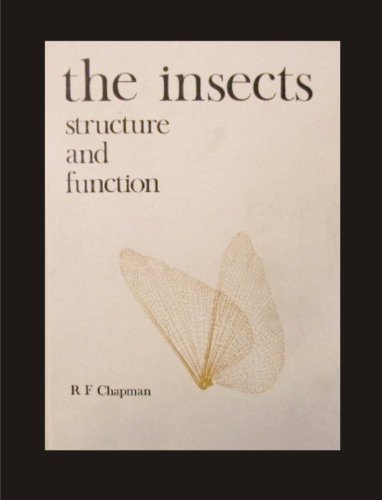The insects: Structure and function ebook download
Par harrell francis le samedi, février 4 2017, 05:28 - Lien permanent
The insects: Structure and function by Chapman R.F.


The insects: Structure and function Chapman R.F. ebook
Format: pdf
Page: 788
ISBN: 0521578906, 9780521578905
Publisher: CUP
Chapman, 1971, The Insects: Structure and Function By permission of Elsevier North-Holland, Inc., and the author.] FIGURE 3.5. Miniaturization of nervous systems and neurons. Silk covers the mouth of this bag when the larvae get ready to transform into adults. When the larvae are ready to pupate, the cases are closed with pads of silk similar to those produced by moths. Hypoxia and the Circulation 618:221-228. 1978: The Insects, Structure and Function. Herbivorous insects should expend considerable energy to compensate for sodium deficiency due to low sodium concentration in most inland plants upon which they feed. Sodium is critical for many physiological functions in insects. Relationship of the tentorium to grooves and pits on the head. Effects of insect body size on tracheal structure and function. Holden and Stougton, London, xii+819 pp. The Insects has been the standard textbook in the field since the first edition published over forty years ago. The insects of the order Embioptera are commonly known as web-spinners and produce silk from structures on their legs. However, sodium compensation behaviors such as mud-puddling have been observed in some Chapman R: The insects: structure and function. The labial glands, generally used to produce saliva, take on the function of silk production in Lepidoptera and Trichoptera. Hoffmann, “Antimicrobial peptides in insects; structure and function,” Developmental and Comparative Immunology, vol.